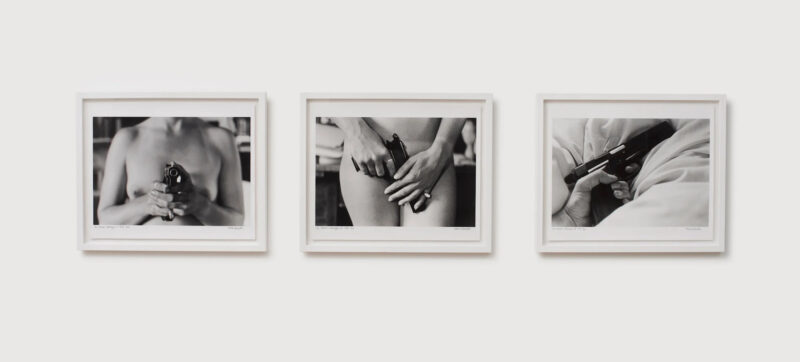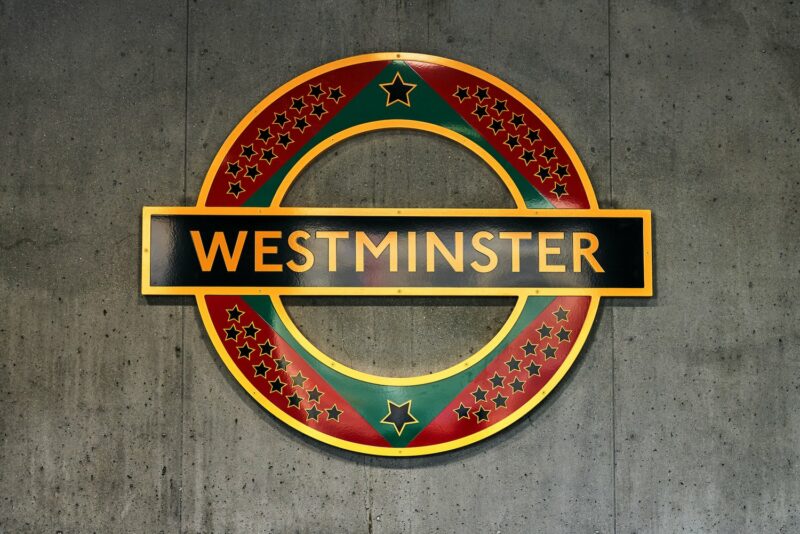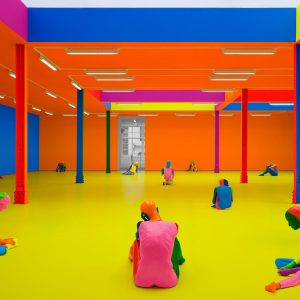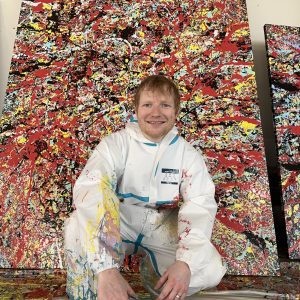Most days art Critic Paul Carey-Kent spends hours on the train, traveling between his home in Southampton and his day job in Surrey. Could he, we asked, jot down whatever came into his head?
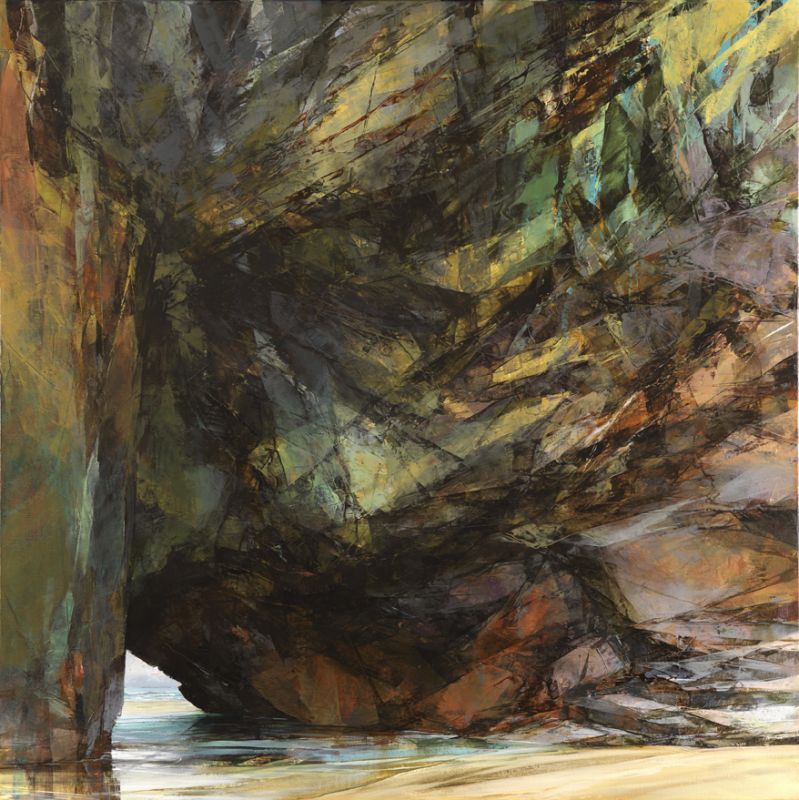 Sarah Adams: Diggory’s oblique, left
Sarah Adams: Diggory’s oblique, left
It’s easy to assume a sharp contrast between fashionable galleries selling cutting-edge contemporary art and staid dealers handling traditional still lives, history paintings and landscapes. In fact, it’s not so simple: the same challenging and up-to-date spirit can be applied to any genre and shown anywhere. You can see a good demonstration this week.
The Maas Gallery (15 A Clifford Street, with a temporary extension to 28 Cork Street www.maasgallery.co.uk) normally concentrates on historic masters, but has an extensive show of Sarah Adams’ latest paintings of rocks and caves around the Cornish coast. Adams goes to considerable trouble to make studies on site before increasing the scale in the studio through a repeated wet on dry process, allowing a layered spontaneity which parallels the geological processes being depicted.
That, along with a range of weather conditions, mineral deposits and algae growths which yield more vivid and varied colours than one might have believed natural, leads to near-abstract passages which had me thinking of Braque, Feininger and Riopelle as well as the 19th century romantic tradition. The gap between realistic painting of a relatively abstract subject by an artist aware of modern art trajectories and more avowedly experimental process-based abstraction may not be so wide after all.
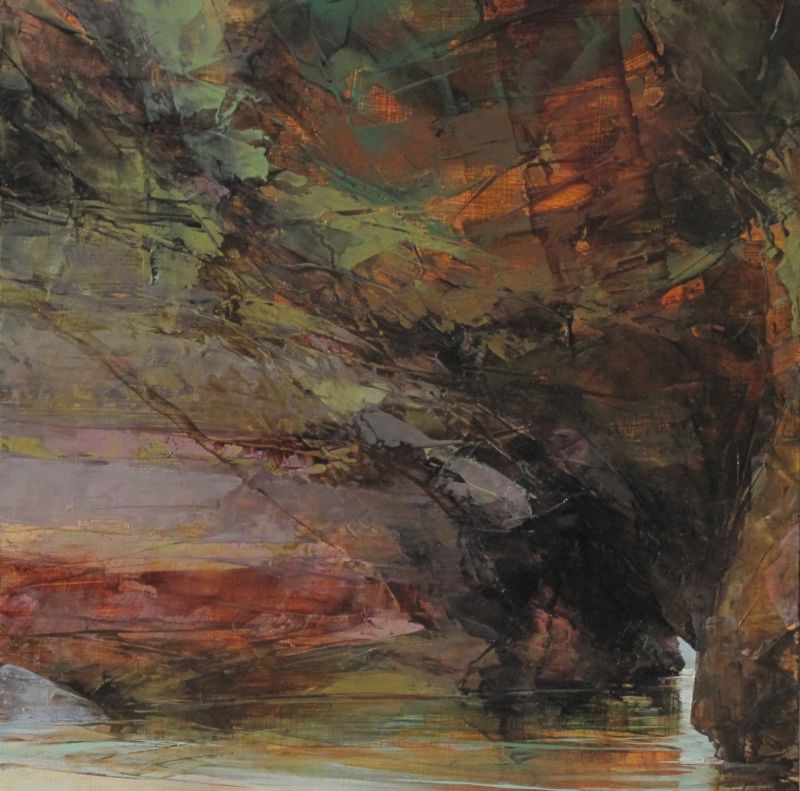 Sarah Adams: Diggory’s oblique, Study 2
Sarah Adams: Diggory’s oblique, Study 2
Read the first Art Stuff On A Train HERE
Read number two: HERE
Read number three: HERE


